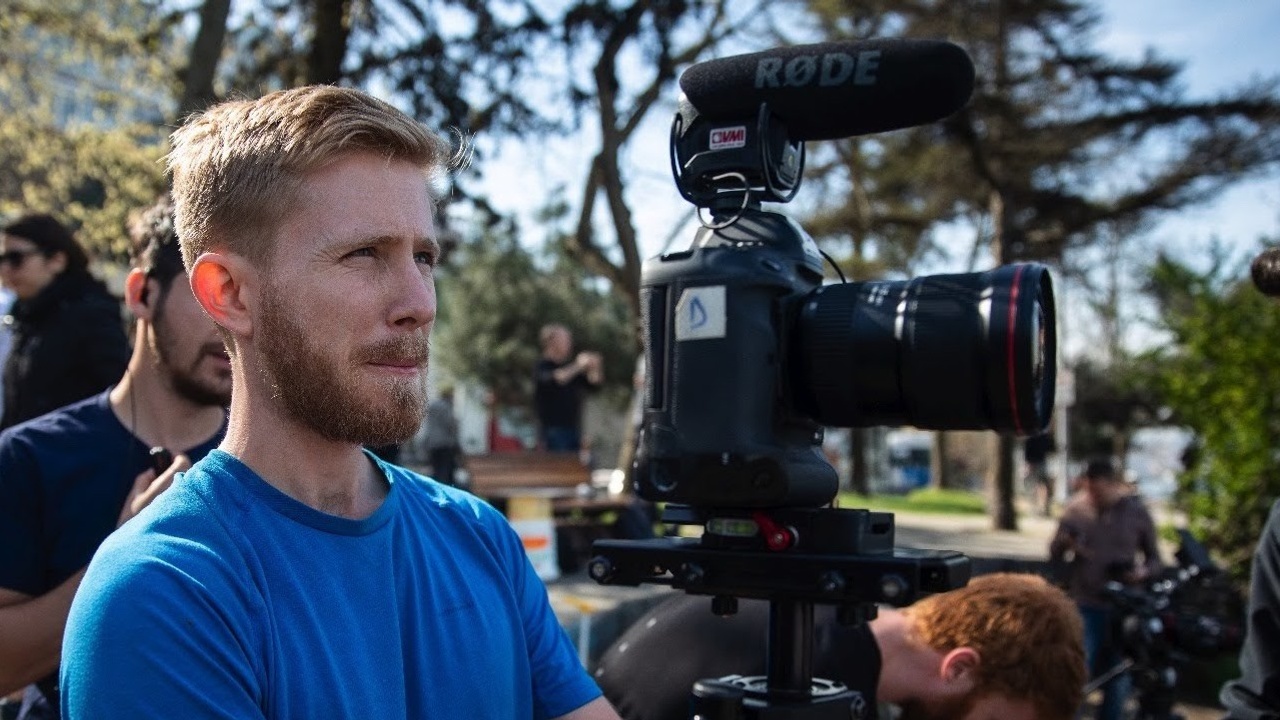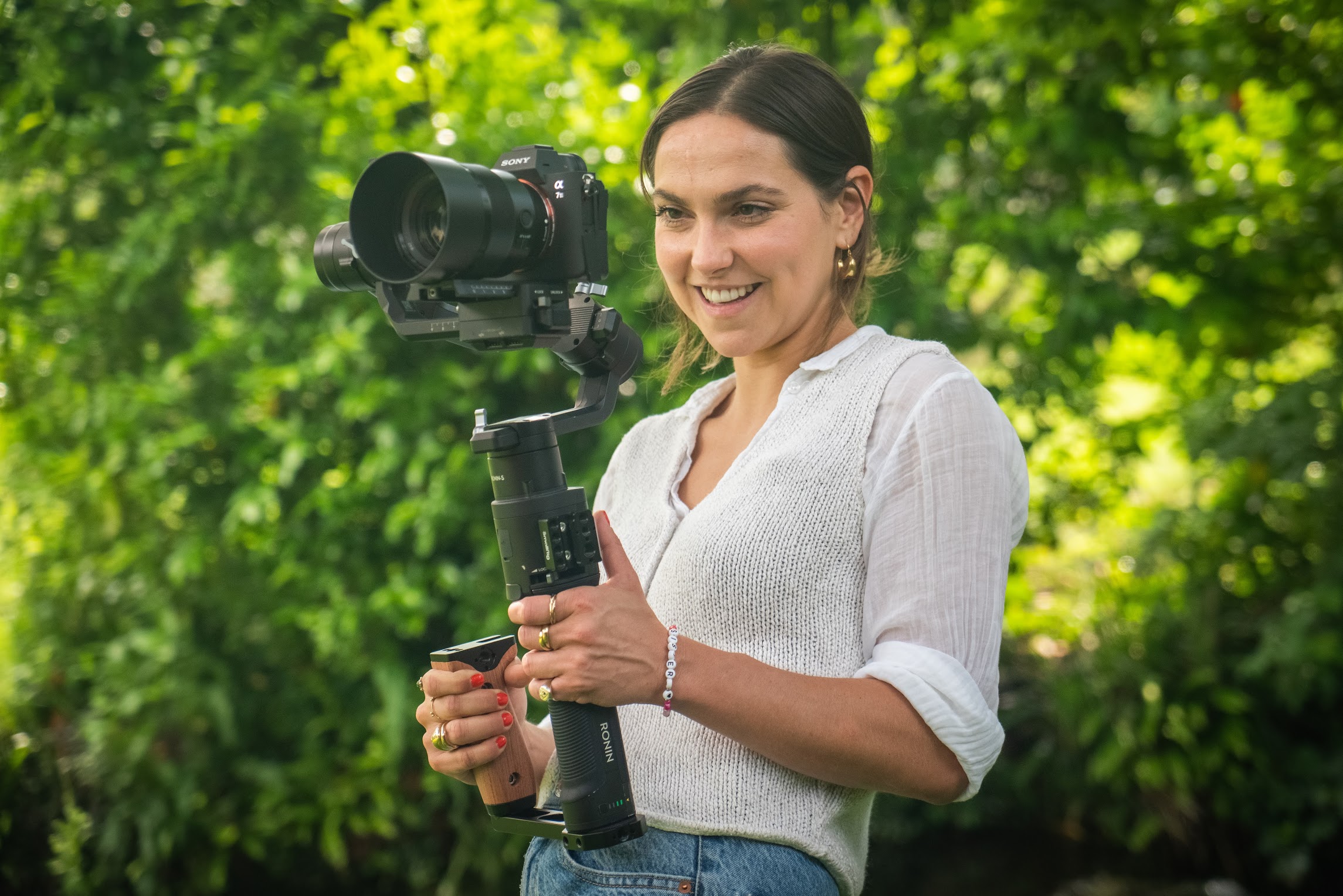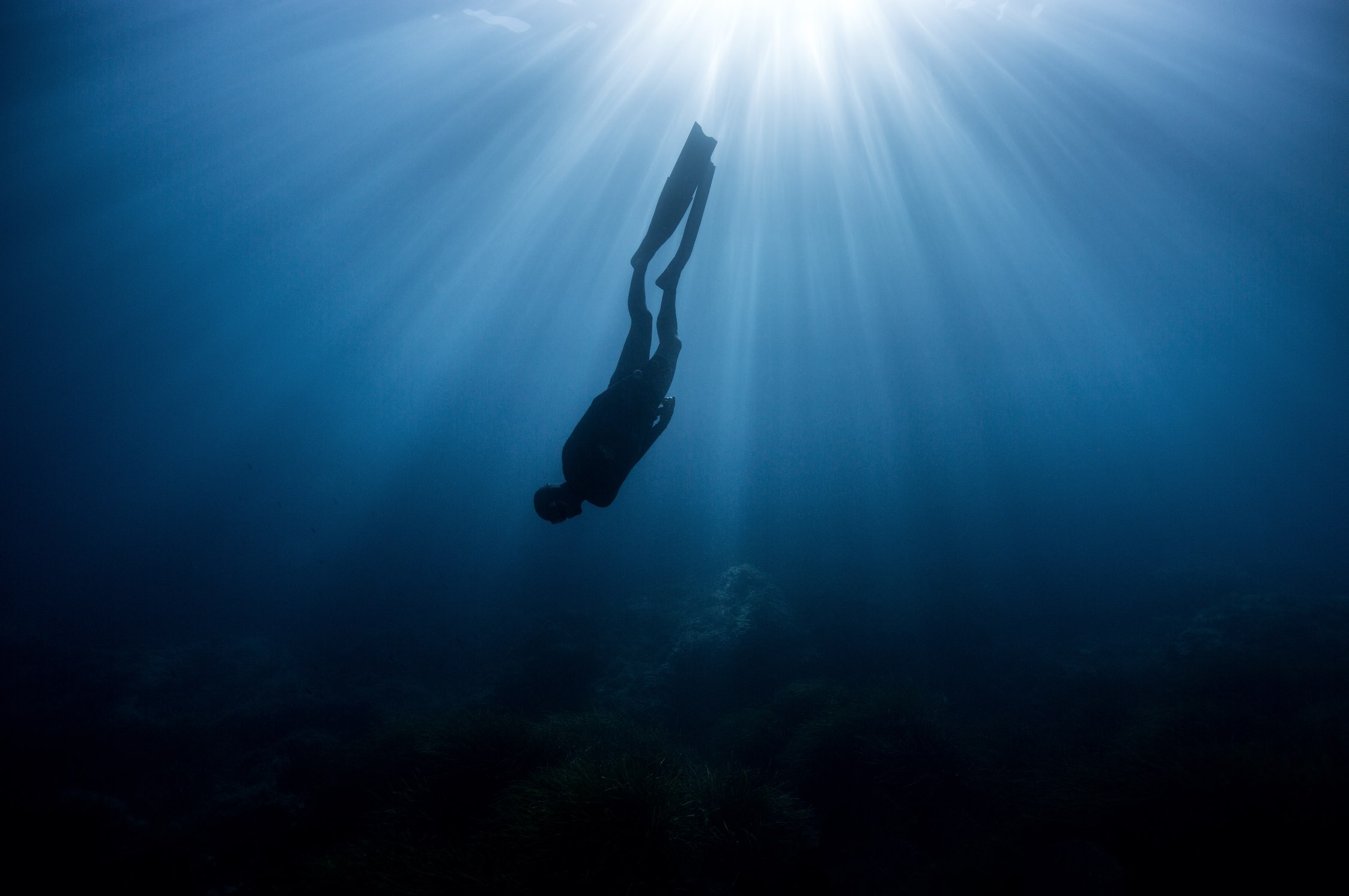5 Essential Camera Movements for Documentary Filmmaking

Camera movement is an incredibly powerful tool in the realm of documentary filmmaking. It has the ability to transform a scene, infusing it with cinematic quality, adding layers of emotion, and providing unique perspectives or points of view. The deliberate choice of when and how to move the camera can significantly enhance the storytelling, guiding the audience's focus and subtly influencing their emotional journey through the film. Whether it's the raw immediacy of handheld footage or the smooth, contemplative sweeps of a gimbal, each choice in camera movement serves as a narrative device, shaping the viewer's experience and understanding of the subject matter. This blog will delve into the nuanced art of camera movement in documentary filmmaking, exploring the strategic decisions behind when to move the camera and when to keep it still.
Documentary Filmmaking: When to Move the Camera (And When Not To)
Documentary filmmaking thrives on the delicate balance between authenticity and narrative clarity, a balance that often hinges on knowing when to move the camera and when to keep it still. Moving the camera can infuse a scene with dynamism, offer fresh perspectives, and elevate the storytelling by guiding the viewer's attention to where it's most impactful. For instance, a slow pan across a landscape can reveal the scale of environmental devastation, while a handheld follow shot might capture the raw emotion of a subject's journey. Conversely, the decision to not move the camera can be equally powerful. A static shot allows the viewer to absorb details, reflect on the significance of the moment, and, in some cases, feel the weight of silence or the tension in a room. It's a tool for authenticity, presenting scenes as they are, unembellished and unmanipulated. The key is intentionality; every camera movement (or lack thereof) should serve the story, adding layers of meaning or emotion. Documentary filmmakers must constantly ask themselves: does moving the camera enhance the story or distract from it? By thoughtfully answering this question, filmmakers can craft documentaries that are not only visually compelling but also deeply resonant with their audience.
5 Essential Camera Movements
Here are my five favourite filmmaking camera movements and tools that I use to create cinematic camera movements:
1. Handheld Movement Using a Shoulder Rig or Easy Rig
Shoulder rigs or Easy rigs are great if you want to create a handheld movement that places the audience into the scene and lets them experience it from a voyeuristic point of view. The shoulder rig allows you to create this handheld look without making the audience feel seasick as it reduces a lot of the tiny shakes that come about when holding a small camera.

2. Static (No Movement), Panning or Tilting Movement Using a Tripod
I’d mainly use a tripod when filming an interview, as you might be filming for an hour or two and you don’t want to have to be holding the camera that whole time. Also, if you’re both filming and asking the questions it’s much easier to have your hands free. I’d also use a tripod if I was capturing a long lens shot where I want to get close to the subject. This is because a long lens magnifies movement so you need a stable foundation to film from, and a tripod is great for this.

3. Smooth & Precise Movement Using a Slider
A slider is a set of tracks that can be mounted to a tripod or placed on a flat surface such as a table or directly on the ground. Attached to the tracks is a movable "carriage" that you can attach directly to your camera, or you can attach a tripod head between your camera and the carriage for more panning and angle options.

4. Gliding Movement Using a Gimbal
A gimbal is my favourite tool when creating camera movements as it’s the most versatile and you’re able to achieve some incredibly creative camera movements with this tool.

5. Aerial Movement Using a Drone
Drones have been a huge game-changer for filmmakers and have meant us Documentary Filmmakers can achieve cinematic aerial shots that once costs thousands, on a small budget. Drones are excellent for wide shots used to establish a scene or to show the environment your character is in.

Camera Movement: Crafting Powerful Film Scenes
Something else to remember with camera movement is to always prioritise telling your character’s journey authentically over having interesting and dynamic camera movements.
For example, in my short One Breath when the main characters are attempting to dive in tandem to 100m on a single breath, the scene was filmed from multiple angles each with different camera movements. But when it came to editing the film we realised it was a lot more powerful to just show the scene unfolding from one angle, with no camera movement, so the audience could focus on the character’s face, and because the camera was attached to the sled, the background is moving as the characters go deeper and deeper into the depths of the ocean. Because of this decision to focus on the characters’ emotions and not use fancy camera work, it’s one of the most powerful scenes in the film and it makes the audience lean-in, wanting to know whether or not the characters are going to make it out alive.

Handheld vs Smooth in Documentaries: Choosing the Right Camera Movement
In the art of documentary filmmaking, the choice between employing handheld camera techniques versus smooth, stabilised movements is paramount in storytelling. Handheld camera work offers a raw, intimate feel, drawing viewers closer to the subjects' reality, and making scenes appear unfiltered and immediate. This approach can be particularly effective in evoking empathy or conveying the urgency of a situation, suitable for documentaries aiming to capture events as they unfold or to present an unvarnished look into the lives of their subjects. Conversely, smooth camera movements, achieved through tools like gimbals, sliders, or dollies, provide a sense of polish and control that can elevate the visual narrative. Stabilised footage is often associated with a higher production value and can be instrumental in creating a contemplative or awe-inspiring atmosphere, ideal for documentaries focusing on breathtaking landscapes or detailed examinations of topics requiring a steady focus. The choice between handheld and smooth movements should be informed by the documentary's thematic goals and emotional tone, as each technique can significantly influence the viewer's perception and engagement with the documentary.
Mastering Documentary Camera Movement: Inspiration & Your Own Style
Mastering camera movement in documentary filmmaking is not just about technical proficiency; it's about discovering a unique voice and style that resonates with both the subject matter and the audience. Inspiration can be drawn from a myriad of sources—be it the rhythmic cadences of nature, the chaotic pulse of urban life, or the pioneering techniques of documentary legends. However, the true artistry lies in how these inspirations are woven into one's own narrative fabric. Whether it’s the deliberate use of slow, sweeping shots to underscore the majesty of a landscape or the raw, unbridled energy of handheld footage capturing the essence of human struggle, each choice in camera movement is a reflection of the filmmaker's vision. Aspiring documentarians should immerse themselves in a broad spectrum of work, critically observe the world around them, and practice relentlessly. Over time, this process of exploration and experimentation will lead to the development of a distinctive style that not only tells stories effectively but also leaves a lasting imprint on the viewer's heart. Embracing this journey of discovery is key to mastering documentary camera movement, transforming it from mere technique to a powerful extension of storytelling.
Cinematic Camera Movements
In the realm of documentary filmmaking, the power of camera movement cannot be understated. From the intimacy of a handheld shot to the grandeur of aerial drone footage, each movement offers a unique lens through which to tell your story. But remember, while these tools can elevate your film's cinematic quality, the heart of any documentary lies in its authentic portrayal of characters and their journeys. So, as you experiment with these five essential camera movements, always prioritize the genuine narrative over the allure of dynamic shots. After all, it's the balance of compelling storytelling and masterful cinematography that truly captivates an audience.
If you're wanting more filmmaking tips, you can check out my free filmmaking training here: 10 Secrets to Creating Cinematic Documentaries
















